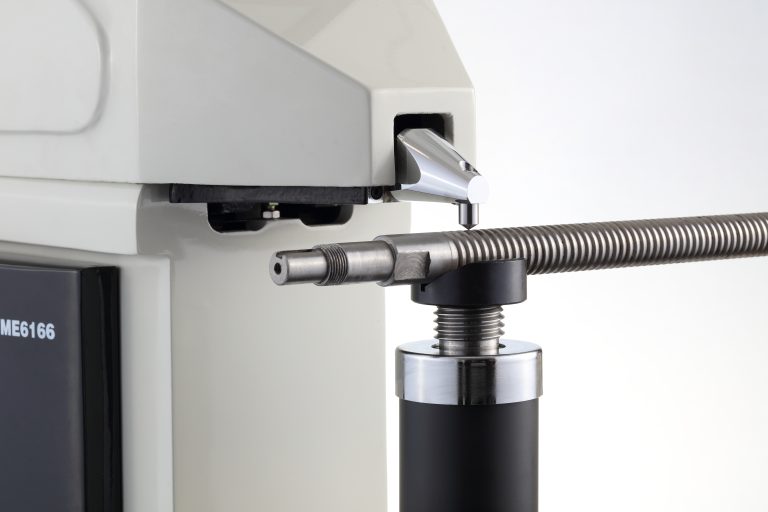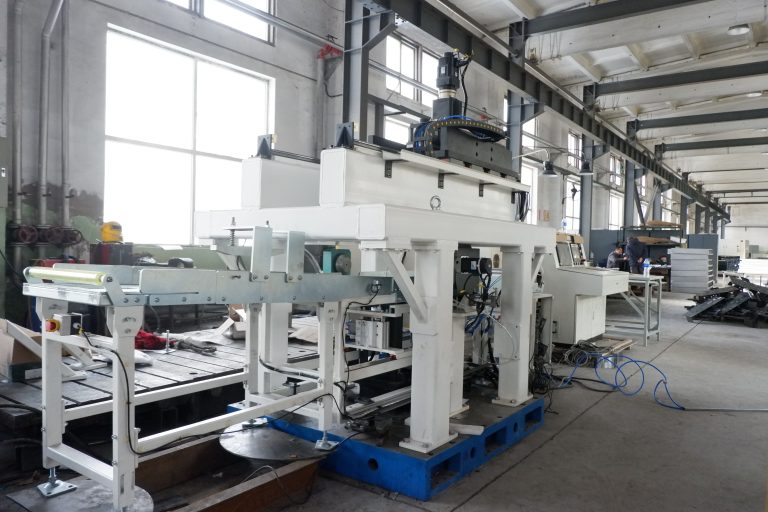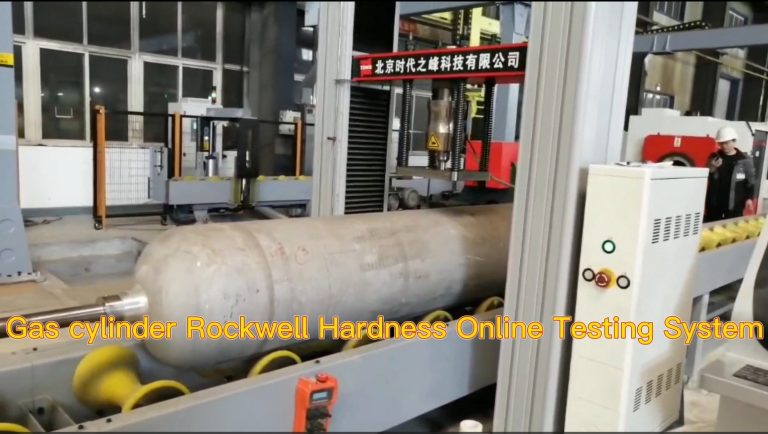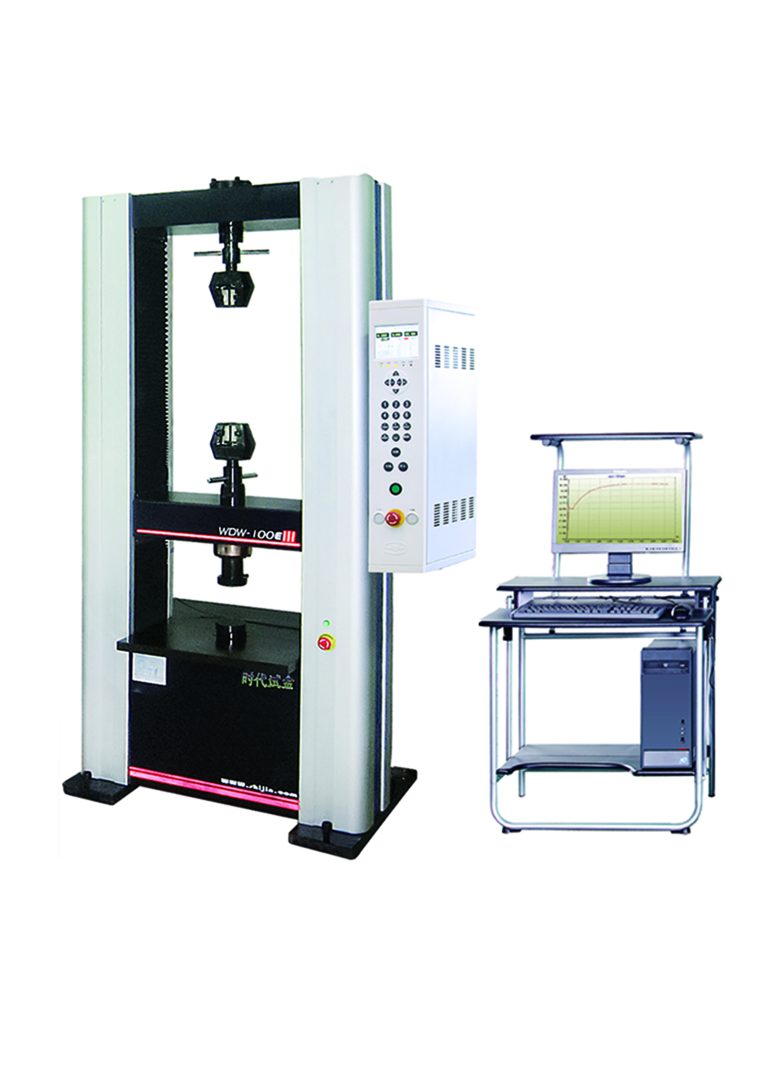The indentation of Vickers hardness test is square, with clear outline and accurate diagonal measurement.
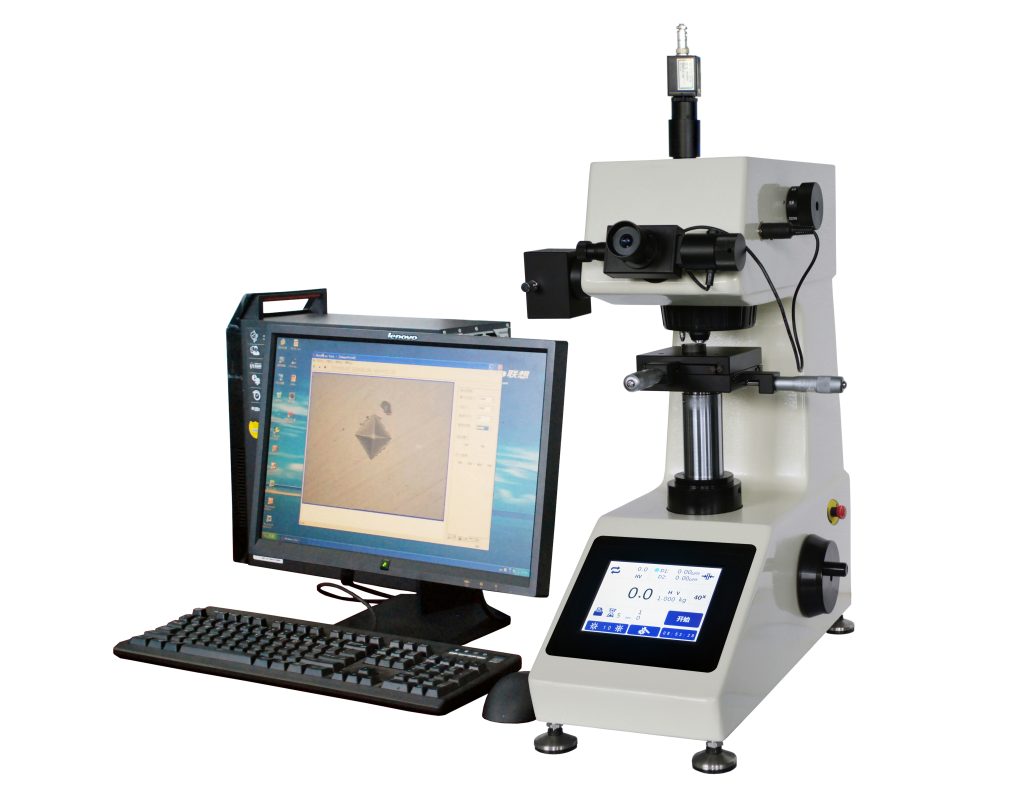
Therefore, Vickers hardness test is the most accurate among commonly used hardness test methods, and its repeatability is also very good, which is superior to Brinell hardness tester.
The Vickers hardness test has a wide measurement range and can measure almost all metal materials currently used in industry, from very soft materials (several Vickers hardness units) to very hard materials (3000 Vickers hardness units). .
The biggest advantage of the Vickers hardness test is that its hardness value has nothing to do with the size of the test force. As long as the material is a material with uniform hardness, the test force can be selected arbitrarily and the hardness value remains unchanged. This is equivalent to having a uniform scale over a wide range of hardnesses. This is superior to the Rockwell hardness test.
In the medium and low hardness value range, on the same homogeneous material, the Vickers hardness test and Brinell hardness test results will give approximate hardness values. For example, when the hardness value is below 400, HV≈HB
The test force of Vickers hardness test can be as small as 10gF, and the indentation is very small, which is especially suitable for testing thin and small materials.

